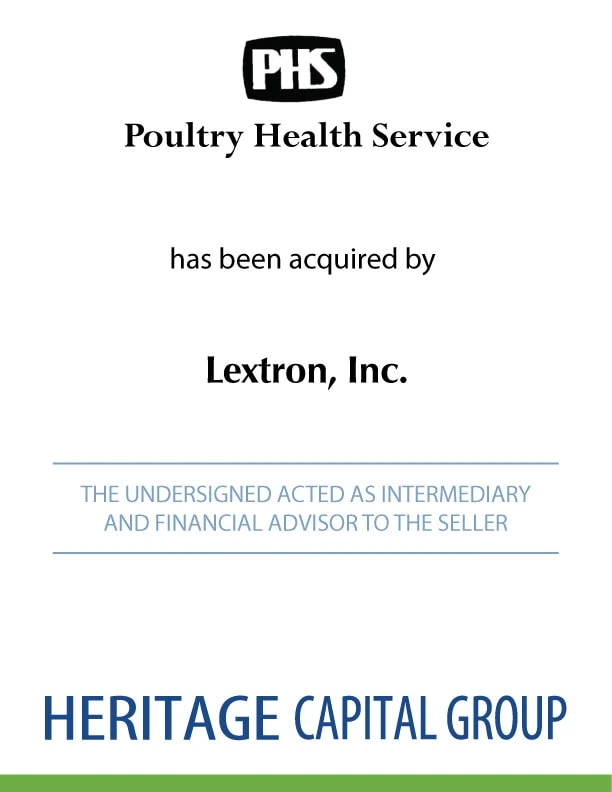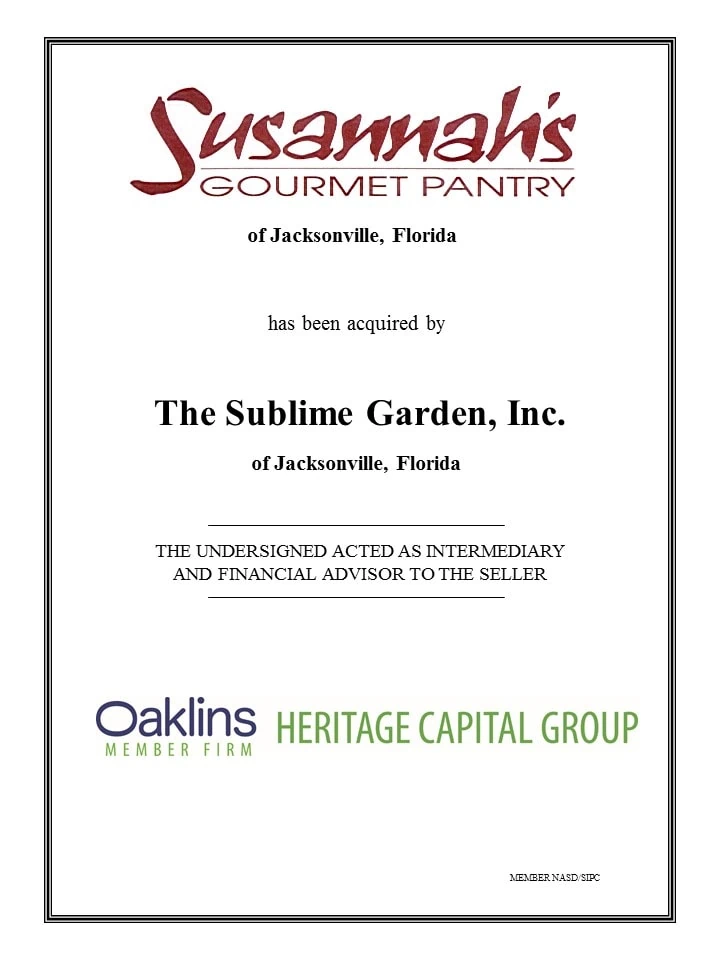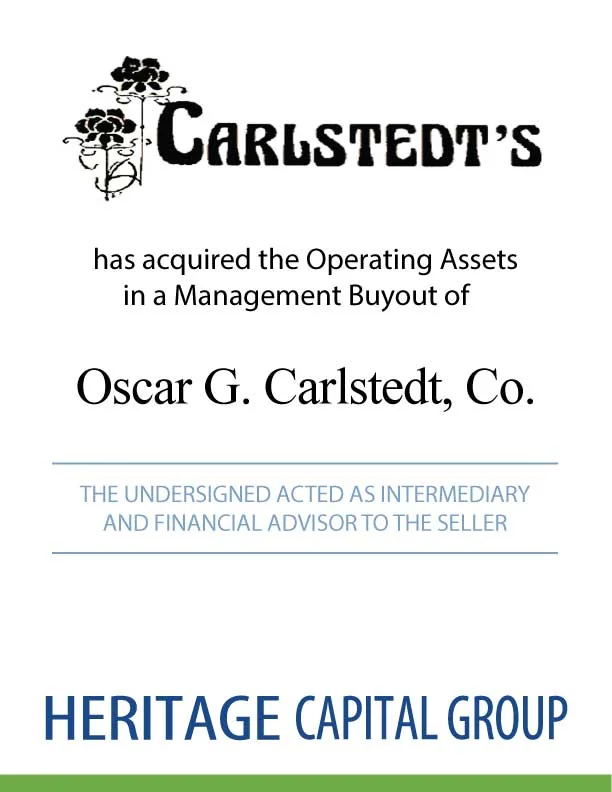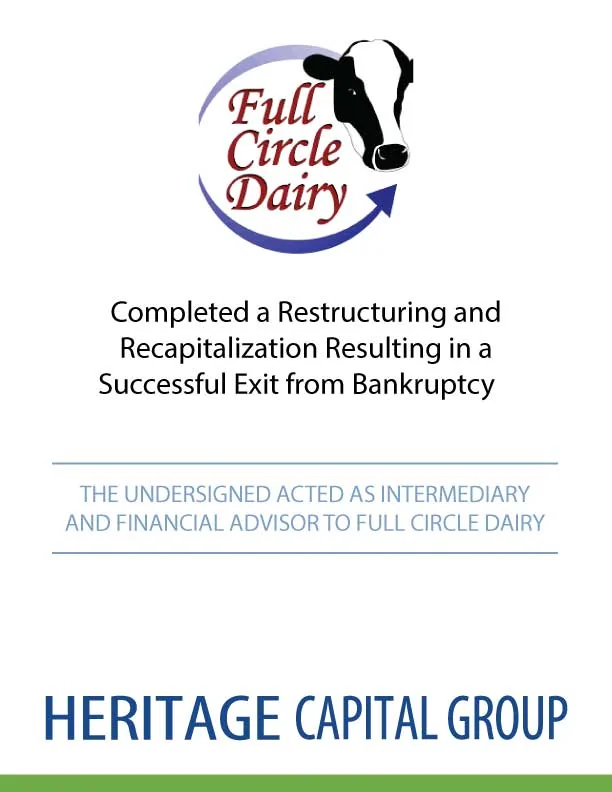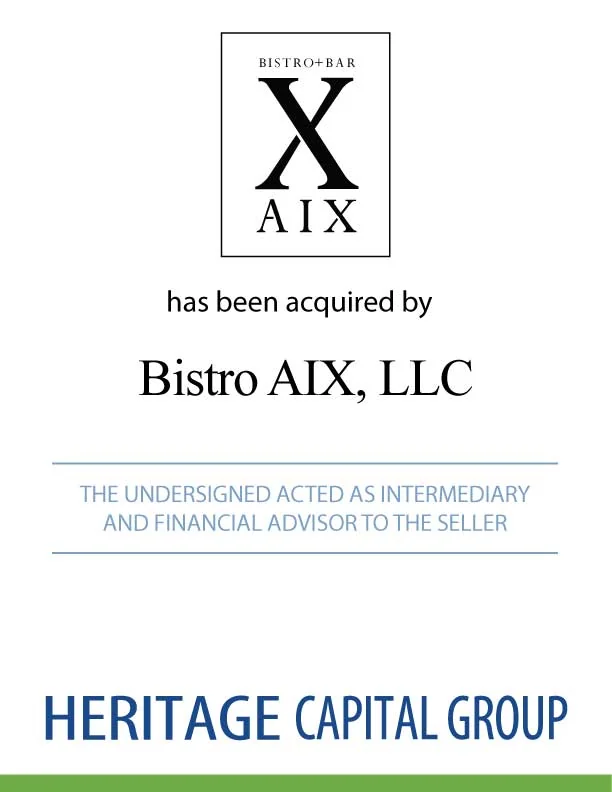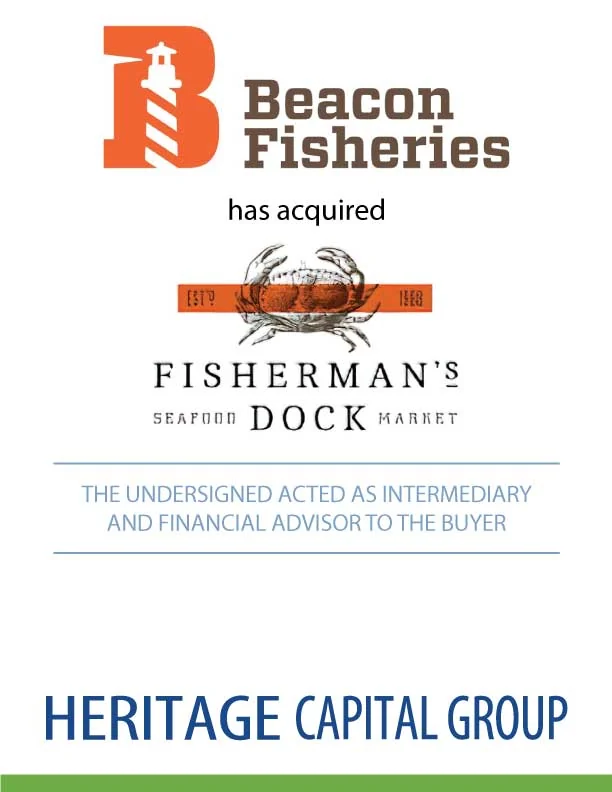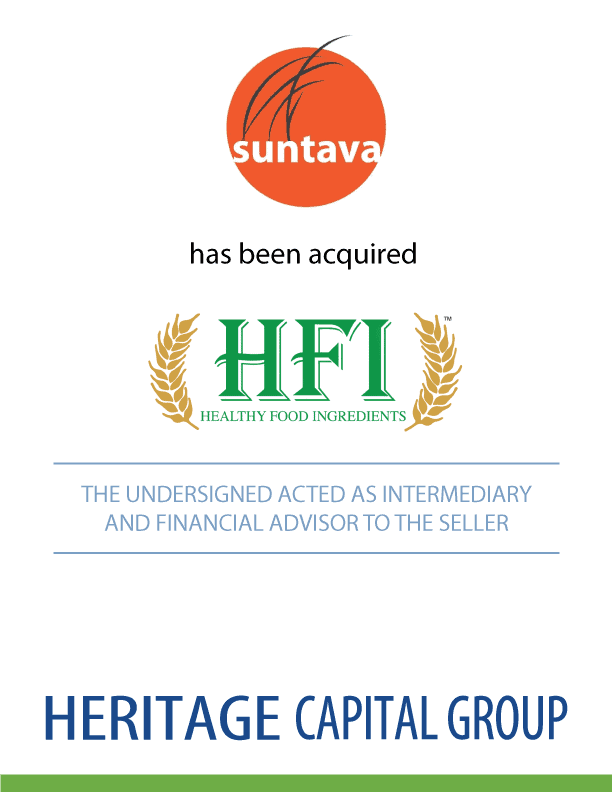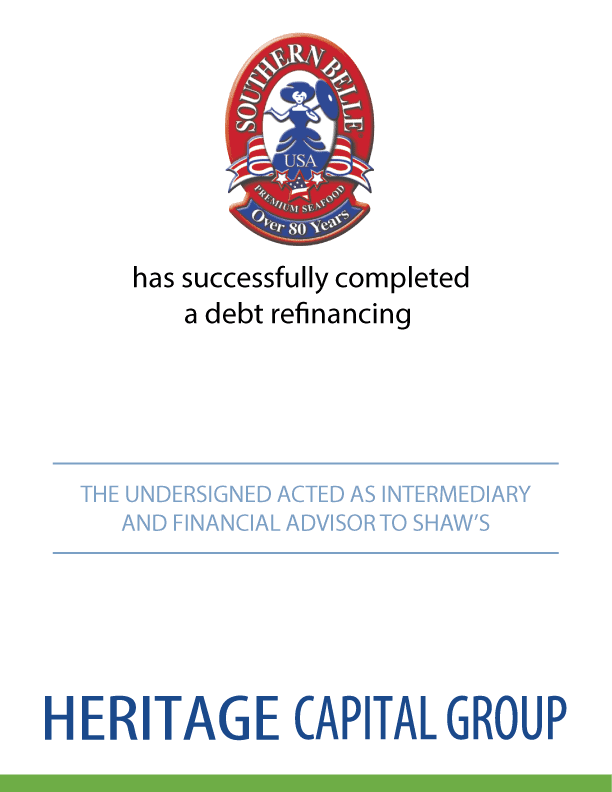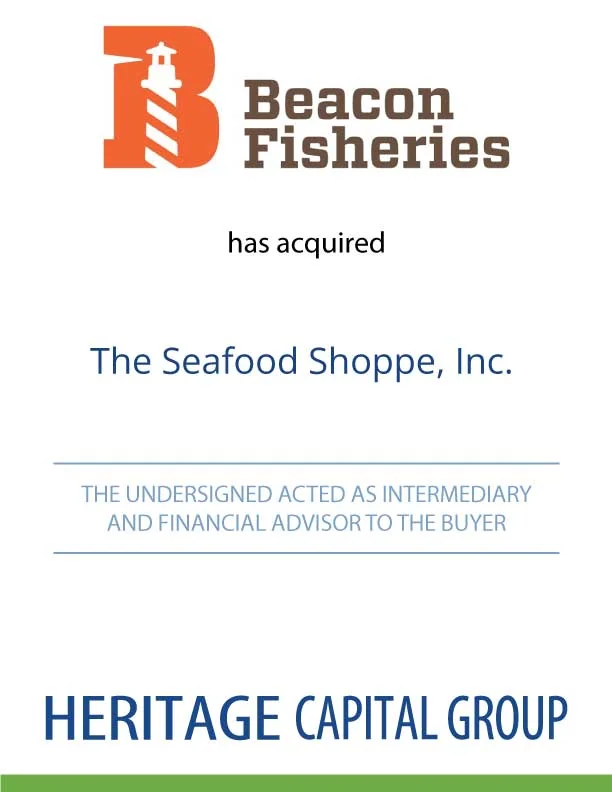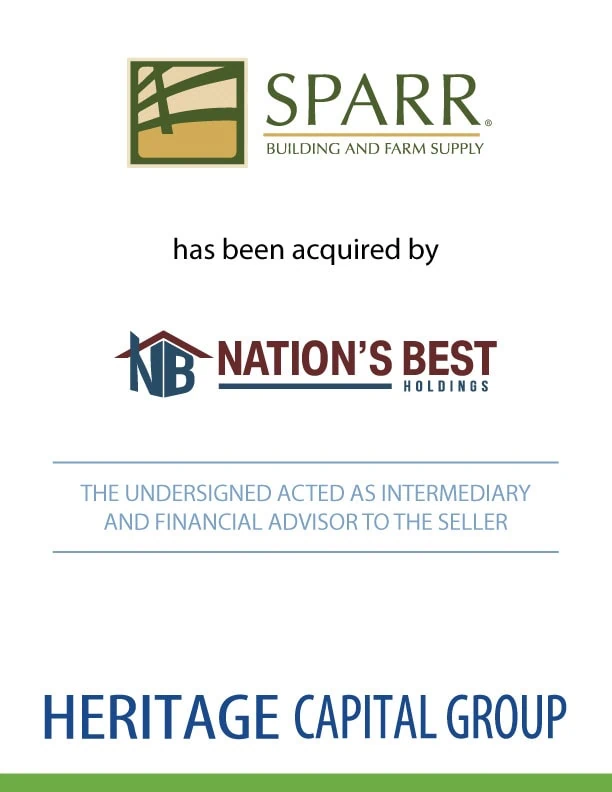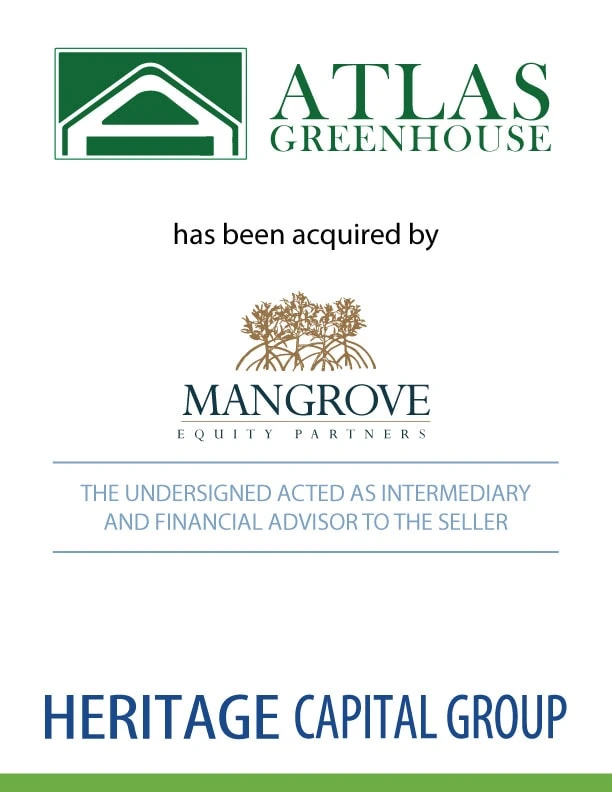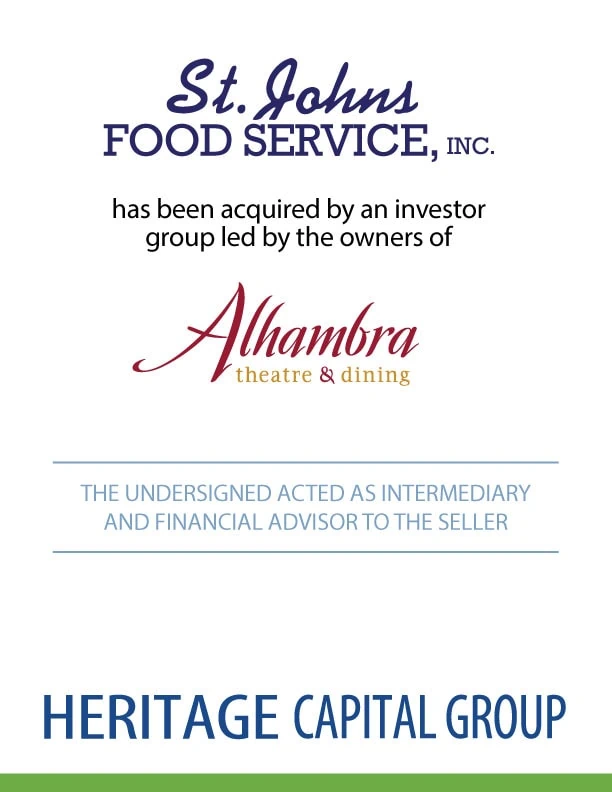As the global food and agriculture industry undergoes profound transformations, Heritage is your trusted partner in navigating this dynamic landscape and driving value creation. We understand that this sector’s evolution requires expertise, insights, and a global perspective, and we’re here to bridge the gap.
Our Expertise in Food and Agriculture Subsectors
Our extensive experience in the food and agriculture sector covers a wide range of segments including snack foods, dairy products, private label, manufacturing, retail, distribution, and more. Our principals have deep roots in the industry, enabling us to offer valuable guidance and support for expanding your business, improving operational efficiency, and venturing into new markets.
Our M&A advisory experience spans the following food and agriculture industry subsectors:
- Agriculture
- Alcoholic and Non-Alcoholic Beverages
- Baked Goods and Snack Foods
- Branded Foods
- Dairy, Proteins, and Produce
- Food Distribution (Foodservice, Convenience, Broadline)
- Frozen and Functional Foods
- Ingredients & Flavors
- Natural & Organic Foods
- Private Label and Contract Manufacturing
- Produce
- Restaurants, Franchisors, and Franchisees
- Specialty Foods
Leading the Way in Food and Agriculture
The food and agriculture industry is experiencing significant shifts, reshaping the entire farm-to-fork value chain. Innovative agricultural companies are achieving higher returns while facing traditional risks, and non-traditional investors are recognizing the sector’s global nature and seeking long-term strategies.
Heritage is at the forefront of this transformation, providing governance, risk management and strategic insights. We are dedicated to providing you with the guidance and support needed to expand your business, run it more efficiently, and explore new domestic and global markets.
Completed Transactions
Our Seasoned Experts
The challenges in the food and agriculture industry are multifaceted, including:
- Meeting the increasing demand for sufficient calories to feed a growing global population.
- Producing calories more efficiently while conserving scarce soil and water resources.
- Ensuring the efficient and dynamic distribution and transportation of perishable products.
- Adapting to changing dietary trends due to increasing affluence.
- Exploring new applications for agricultural commodities beyond food, such as biofuels, medicinal products, and nutraceuticals.
Our seasoned US principals bring extensive experience, having navigated the complexities of commodity cycles, weather events, regulatory frameworks, and more. They have held senior operating roles in Fortune 500 food and agriculture companies and served on numerous industry-leading boards. This expertise extends globally through our network of counterpart bankers in Europe, the Americas, and the Far East.
Request a Confidential Consultation
At Heritage, our focus is on developing the right strategies to help you raise capital, acquire businesses for growth, and sell your company, allowing you to exit on your terms. Our no-obligation consultations are free and strictly confidential. Contact us today to explore how we can assist you.

